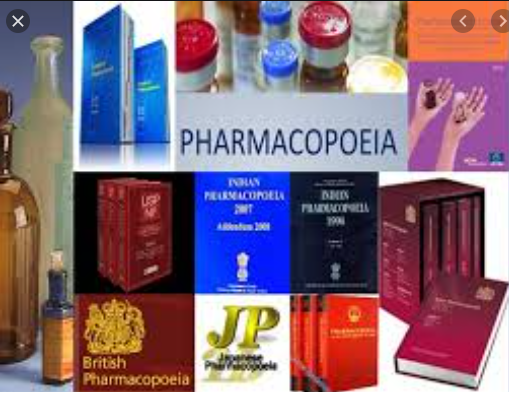CRITICAL AND MAJOR DEFICIENCIES
Compliance and enforcement measures are dependent upon a number of factors, including the significance of violations such as a “Critical” deficiency and a large number of “Major” deficiencies, the history of the site, potential risks to products, and assessment of the manufacturer’s proposed corrective actions. Where appropriate, this may include an assessment of interim risk-mitigating actions while long-term remediation continues.
The clinical impact of the deficiencies on specific ‘at risk’ groups (e.g. children or immunocompromised patients) as a result of the observed quality or regulatory failures should be considered separately and used to inform quality defect decisions and market actions such as recall. When assessing the clinical impact of observed deficiencies, expert advice such as medical and toxicological input should be sought.
If the findings are linked to patient safety, immediate action needs to be taken.
Additional factors that should be considered include:
- a) the risk to health and safety.
- b) compliance history of the manufacturer.
- c) whether the manufacturer acted with indifference or premeditation.
- d) the degree of co-operation offered.
- e) the likelihood that the same problem will reoccur.
- f) the likelihood of the enforcement action being effective.
- Typically the first steps could include a letter of warning/cautionary letter or a re-inspection or reassessment inspection for which failure to address risk with repeat deficiencies may result in a non-compliance or similar rating.
- Depending upon the severity of the deficiency the inspectorate will determine if appropriate inspection or regulatory actions are needed.
- The actions that can be taken may include:
- a) compliance-related communications that alert the manufacturer to the inspectorate’s concern, and the possibility of future regulatory action if remedial action is not effective.
- b) regulatory action against the site authorization or GMP approval (refusal, suspension, or amendment of an establishment license).
- c) market actions such as recall (voluntary or mandated by the regulatory authority).
- d) prohibition of supply/importation.
- e) prosecution
- f) communications to the public using public warning/public advisory or information updates.
- g) suspension or cancellation of Marketing Authorisation/Product License
- h) health product label or packaging changes.

